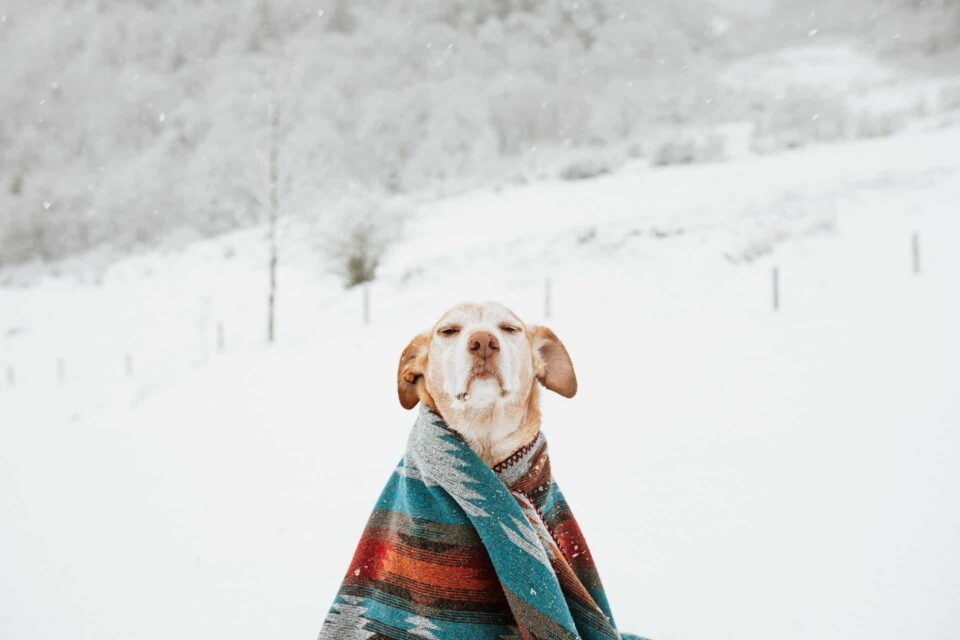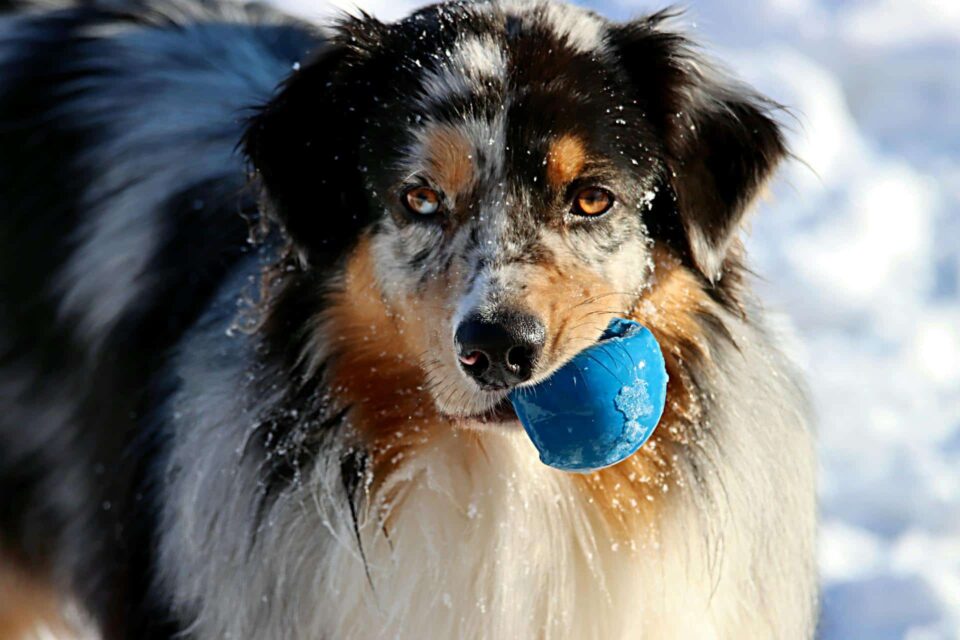Winter Paw Care: Walking Your Dog in Snow Without Worries
Winter walks can be a magical experience for both you and your dog. However, snow, ice, and freezing temperatures can create challenges for your dog’s paws. From frostbite risks to dry, cracked pads, winter brings unique concerns. Knowing how to care for your dog’s feet during snowy weather ensures safe and enjoyable outings.
Key Takeaways
- Snow, ice, and road salt can harm your dog’s paws during winter walks.
- Booties or paw waxes provide added protection against cold surfaces.
- Regular inspection of paws helps spot cracks, cuts, or irritation.
- Warm water rinses remove harmful salt or chemicals after walks.
- Using holistic paw care products can support your dog’s comfort in winter.
Common Winter Paw Issues
Snow and ice aren’t the only threats to your dog’s paws during winter. Cold temperatures can cause paw pads to crack, while road salt and deicers can irritate or damage their skin. These issues are not only painful but can lead to more serious conditions if untreated.
For dogs that spend significant time outdoors, frostbite is another risk. If your dog’s paws get frostbite, it’s essential to take immediate action to prevent further damage.
Tips for Winter Paw Care
1. Use Protective Gear
Booties are one of the easiest ways to protect your dog’s paws. They shield against cold surfaces, road salt, and sharp ice. If your dog isn’t a fan of booties, paw waxes can also act as a barrier. These options keep their feet insulated while providing traction on slippery paths.
2. Keep Walks Short
In freezing weather, it’s best to limit the time your dog spends outside. Shorter walks reduce exposure to cold surfaces and potential frostbite risks. If your dog won’t walk during extreme cold, it may be their way of signaling discomfort.
3. Inspect Paws Regularly
Check your dog’s paws after every walk. Look for signs of irritation, cracks, or trapped ice between their toes. If you notice any redness or swelling, clean the area gently with warm water.
Related: Dog Leg Injuries: Common Types and Steps for Recovery

Protecting Paws From Road Salt and Deicers
Road salt and deicing chemicals are a hidden hazard during winter walks. They can cause dryness, burns, or even poisoning if ingested while your dog licks their paws. To protect their feet:
- Rinse Paws After Walks: Use warm water to wash away any residue from salt or chemicals.
- Moisturize: Apply a paw balm to soothe and hydrate their pads after cleaning.
- Avoid Salted Areas: Stick to grass or snow-covered paths whenever possible.
For dogs prone to sensitive paws, products like Gou Gou Pets’ Dog Paw Ointment can provide additional care and protection.
Preventing Frostbite in Dogs
Frostbite occurs when your dog is exposed to freezing temperatures for prolonged periods, often affecting extremities like their paws, ears, and tails. The cold restricts blood flow to these areas, increasing the risk of tissue damage. To protect your dog from frostbite, taking preventive measures is essential.
- Limit Outdoor Time: Keep walks short during extreme cold. Prolonged exposure increases the risk of frostbite, especially for dogs with thin coats or small breeds that are more vulnerable to the cold.
- Dry Thoroughly After Walks: Moisture from snow and ice can worsen the effects of cold on your dog’s extremities. After every outing, wipe down their paws, ears, and fur to remove dampness and prevent frostbite risks.
- Use Insulating Gear: Equip your dog with warm coats and boots for extra protection. These not only insulate them but also shield their paws from ice, snow, and road salt, which can cause further irritation.
If you notice signs of frostbite, like pale or brittle skin, take action immediately. Consult trusted resources on frostbite in dogs for steps to care for your pet and contact your veterinarian for guidance. Proactive care can make a big difference during harsh winter months.
Managing Winter Paw Discomfort
Even with precautions, winter can still cause minor discomfort for your dog’s paws. You can address common issues with these simple remedies:
- Soothing Cracked Pads: Use a paw balm or ointment to keep their pads moisturized.
- Trimming Paw Fur: Trim fur between their toes to prevent ice and debris buildup.
- Monitor for Odor: If you notice stinky feet, it could indicate an infection or irritation that needs attention.

How to Keep Walks Fun and Safe
1. Choose the Right Time of Day
Walking your dog during daylight hours is not only safer but also more enjoyable. The sun provides natural warmth, reducing the risk of frostbite and icy conditions. Aim for late morning or early afternoon when the temperature is usually at its highest.
Avoid early mornings or evenings, as these are often the coldest times of the day. Planning your walks around the warmest part of the day ensures your dog stays more comfortable while getting the exercise they need.
2. Reward Them for Wearing Gear
Some dogs may resist wearing boots or coats at first, but these items are essential for protecting them from the cold. To help them adjust, start by introducing the gear at home. Let them sniff and explore the items before gently putting them on.
Use treats and positive reinforcement to encourage good behavior, turning the process into a fun experience. Over time, your dog will associate wearing protective gear with rewards and outdoor adventures, making it easier to suit them up.
3. Plan Shorter, Frequent Walks
Instead of one long walk, break up their outdoor time into multiple shorter walks throughout the day. This limits their exposure to freezing temperatures while still giving them the physical activity they need.
Short walks also allow you to monitor your dog closely for signs of discomfort, such as shivering or lifting their paws.
Frequent outings ensure your dog gets enough stimulation without putting their health at risk. Between walks, engage them in indoor activities like playtime or training sessions to keep them mentally stimulated and happy.
Holistic Products for Winter Paw Care
Holistic products can be a great addition to your dog’s winter care routine. Gou Gou Pets’ Dog Paw Ointment is specially formulated to soothe and protect paws from winter-related issues. Using natural ingredients, it helps keep pads healthy and moisturized during the coldest months.
Take extra care of your dog’s paws this winter with Gou Gou Pets’ Dog Paw Ointment. Protect their feet from the cold, dryness, and irritation with a product designed for comfort.
Conclusion
Winter walks don’t have to be a source of worry for you or your dog. With the right care and preparation, you can keep your dog’s paws safe and healthy during snowy outings.
Simple steps like using protective gear, rinsing paws, and using holistic paw care products can make all the difference. Enjoy the season while keeping your furry friend comfortable and happy.
~Veterinarian Recommended